
OR
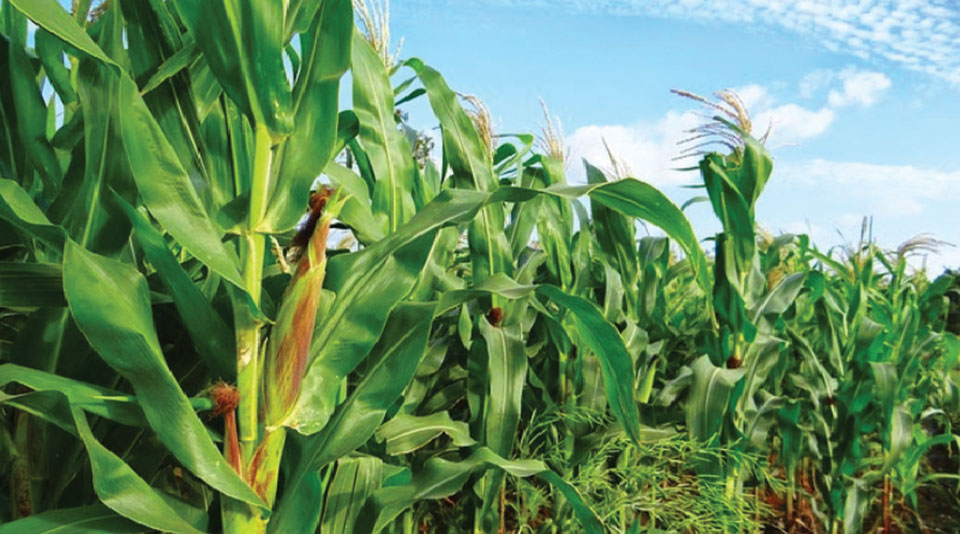
Maize and soybean are the major crops used for feed in poultry industries. But productivity of these vital grains has not improved
Maize and soybean are the principle crops for food and feed. Nepalis refer to them as Makai and Bhatmas respectively and makai-bhatmas is traditional tiffin commonly used in the hilly areas of Nepal. Besides, maze is used in many ways for food. Boiled corns, fried corn grains, grilled corns, popcorns, corn flakes are commonly found in Nepali kitchen. Thus corn could be consumed as a breakfast, lunch as well as dinner as there are many ways to cook and serve it.
At present, as much as 60 percent of total production of maize is consumed as human food, 34 percent of it is fed to animals and the rest is used for other purposes. The utilization pattern, however, differs from place to place depending on the food habits of people. For example, more maize is used for human consumption in hilly region than in Tarai.
Soybean is highly nutritional protein supplement and is used in the form of cooking oil or snack items, animal feed as well as in the form of soya sauce, soya milk etc. These days, soybean oil is commonly used in Nepali kitchen, one of the reasons its import is increasing every year. Soybean remains the most important and preferred source of high quality vegetable protein for animal feed manufacture.
Soybean meal, which is the by-product of oil extraction, has high crude protein content and a balanced amino acid composition, complementary to maize meal for feed formulation. Maize and soybean are emerging as industrial crops due to their high demand in feed industry, particularly for poultry.
Maize is one of the principal food crops and is planted on uplands with pre-monsoon rains and is usually relayed with millet, potato and soybean, and harvested before the end of the monsoon rains. It is the single most important crop in the hills of Nepal in terms of production and consumption. It is grown under rain-fed conditions and mostly on marginal land during the summer season.
Little we produce
Maize production increased in Nepal from 1,121,856 tons in 1988/89 to 2,336,675 tons in 2016/17. However, this quantity is not enough to meet total requirements. This is evidenced by the import figure, which was about Rs.12 billion in the last fiscal (2017-18) year. The increasing use of maize in animal and poultry feed in the recent years has further affected the supply situation.
Soybean is inter-cropped with maize in every agro-ecology of the country. This practice is more common in the mid-western and far-western mid-hills, as most maize is inter-cropped with soybean there. Maize as the main crop followed by soybean as the relay crop is a good farming practice to maintain soil fertility. It plays the role in enhancing soil fertility by symbiotic nitrogen fixation. Such relay cropping, terracing and building drains along the safer side of plots are traditional practices adopted by farmers to conserve the topsoil in the hills.
Soybeans are said to have long been grown in the mid-hills at the altitude range from 3,000 to 5,000 feet, but from the late 1970s they started to be grown in other parts of the country as well. Traditionally soybeans are intercropped with maize, millet, rice, or pigeon peas. It is also grown in rice bunds and terraces of low fertility soils. It is the important legume crop of the mid-hills.
In the last few years, soybeans have become popular in Tarai plains as well due to high yield potential and high demand in poultry industry.
Wide genetic diversity of Nepali soybean germ plasm has not been utilized in breeding soybean in Nepal. We need to exploit local germ plasm and improve production practices for increased yields.
Though soybean production is in declining trend, it is still produced in many parts of the country. Farmers are still producing it with maize in hills and in rice fields in plain areas.
The yield potential of soybean in the mid hills of Nepal is 4.5 t/ha, (ton per hectare) while average national yield is only 0.82 t/ha. One of the important factors responsible for such low yield is the poor crop management in response to intercrop and sole cropping system. The other factors are lack of irrigation, nutrient depletion from the soil, low adoption of improved varieties, weak marketing channels, and weak technical support.
Maize and soybean are the major crops used for feed in poultry industries. Yet the productivity of these vital grains has not improved over the last few decades due to the reasons mentioned above. The marketable surplus of these crops is limited.
Room for improvement
It may not be possible to expand the production area of these crops but there is a room for enhancing production and productivity by using improved varieties and improved production technologies. Improving production input supply system, establishing collection centers at production areas, promoting contract farming and developing storage and marketing facilities near production pockets will help a lot.
To increase production and marketing of these crops, government should act as the facilitator to establish coordination between feed manufacturers and farmers. Farmers should be empowered to strengthen their bargaining power in making contracts and determining prices of their produce. Crop production planning should be integrated with marketing. Feed manufacturers should be assured of the regular supply in required volumes at a reasonable price and acceptable quality. This will help them operate industries at an optimum capacity.
If the feed producers can collect their requirement from a single procurement point, the cost of collection and marketing will be reduced. Since these crops are the major food and feed ingredients, we need to launch priority programs for their production and marketing. We also need to streamline the supply of these crops for the feed processing industries.
bhairabr@gmail.com
You May Like This
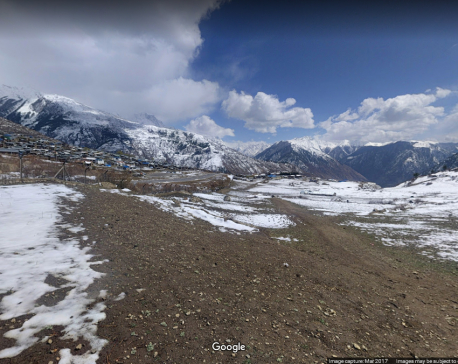
Biplav Maoists halt food supplies, Humla, Mugu under food shortage
HUMLA, Jan 21: For the past 10 days, the Biplav led Maoist faction have seized daily food supplies and 300... Read More...
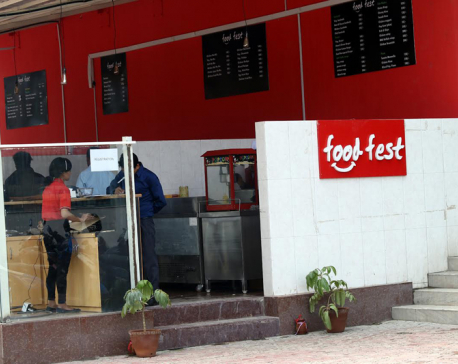
Opening of Coffee Break and Food Fest in capital
KATHMANDU, July 10: Coffee break an outlet has been opened for coffee lovers while coffee trend is growing in Nepal. Read More...
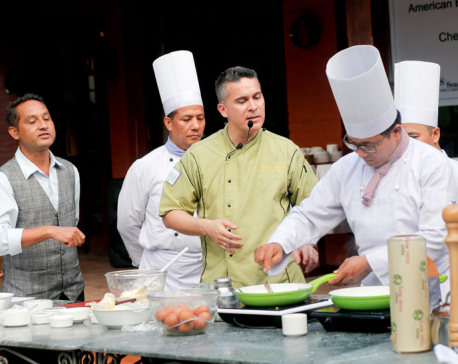
US chef says food connects cultures
KATHMANDU, Sept 15: For many it was way past their lunchtime on a late Wednesday afternoon. But at the Summit Hotel... Read More...





Just In
- Sudurpaschim govt spends just 34.5% of allocated budget in 10 months of current FY
- SC launches online registration of cases
- NEPSE surges 28.62 points, daily turnover rises to Rs 4.08 billion
- Hearing on cricketer Lamichhane’s case to continue Wednesday
- Global IME Bank named ‘Best Bank in Nepal for 2024’ by Global Finance Magazine
- DoTM receives lab test report of driving license cards, preparing to distribute licenses
- KMC invites applications for environmental studies and experts in various fields
- Council of Ministers approves 16th Five Year Plan, aims to increase GDP to Rs 8.6 trillion after five years








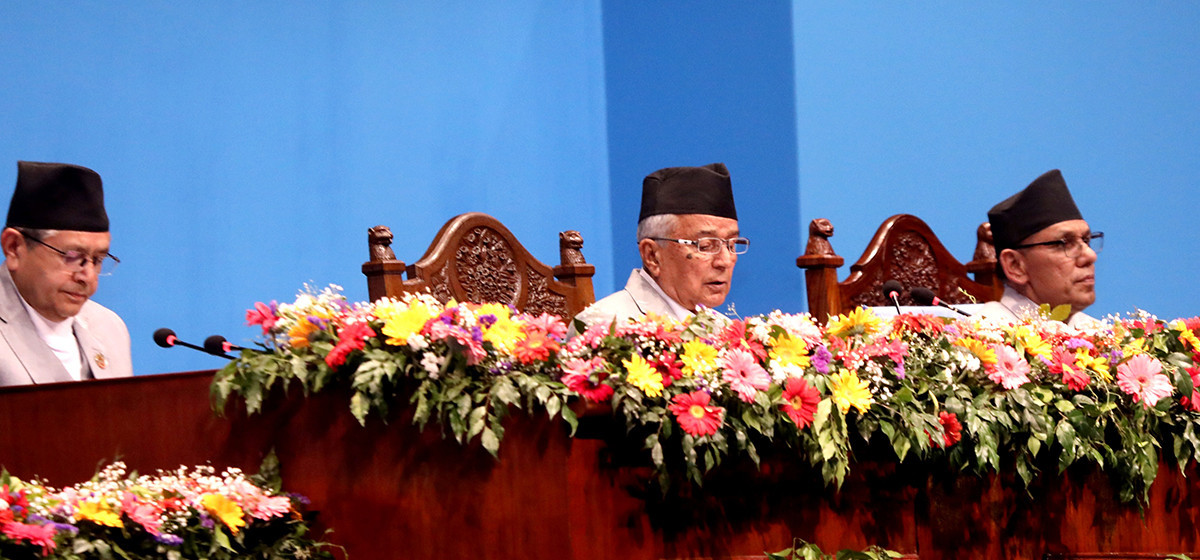
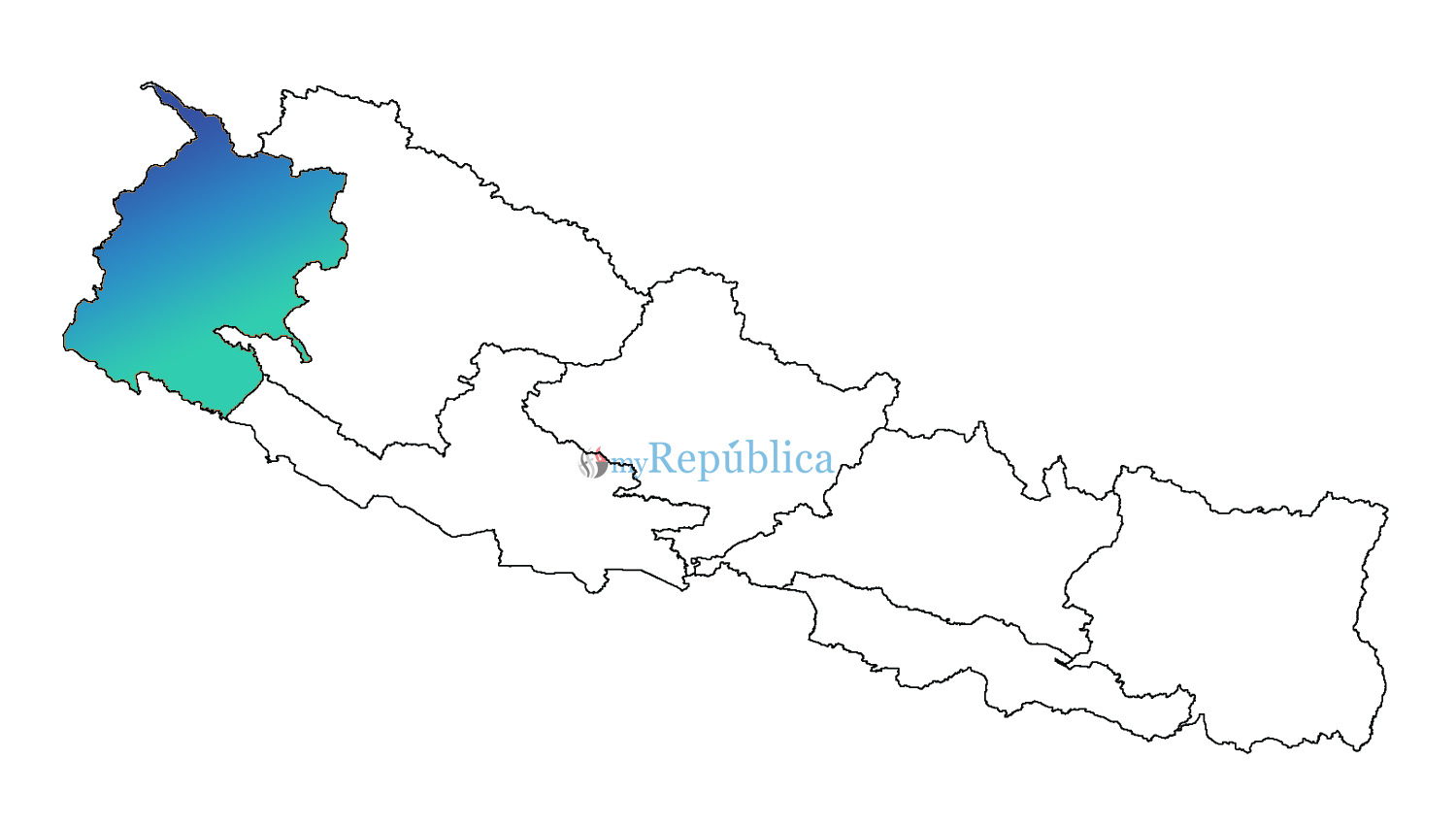

_20240514180252.jpg)
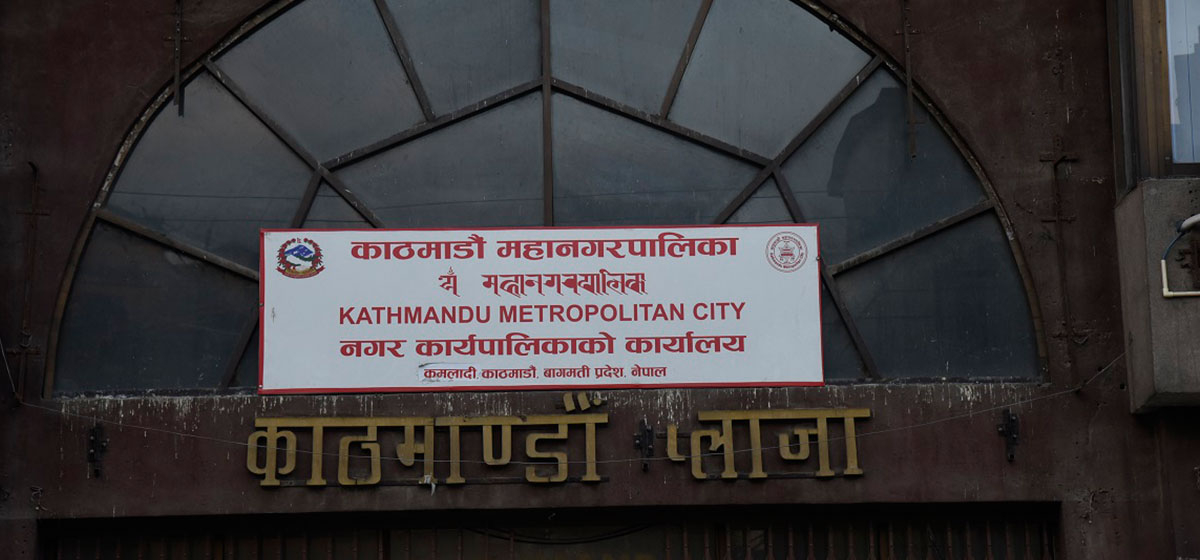

Leave A Comment